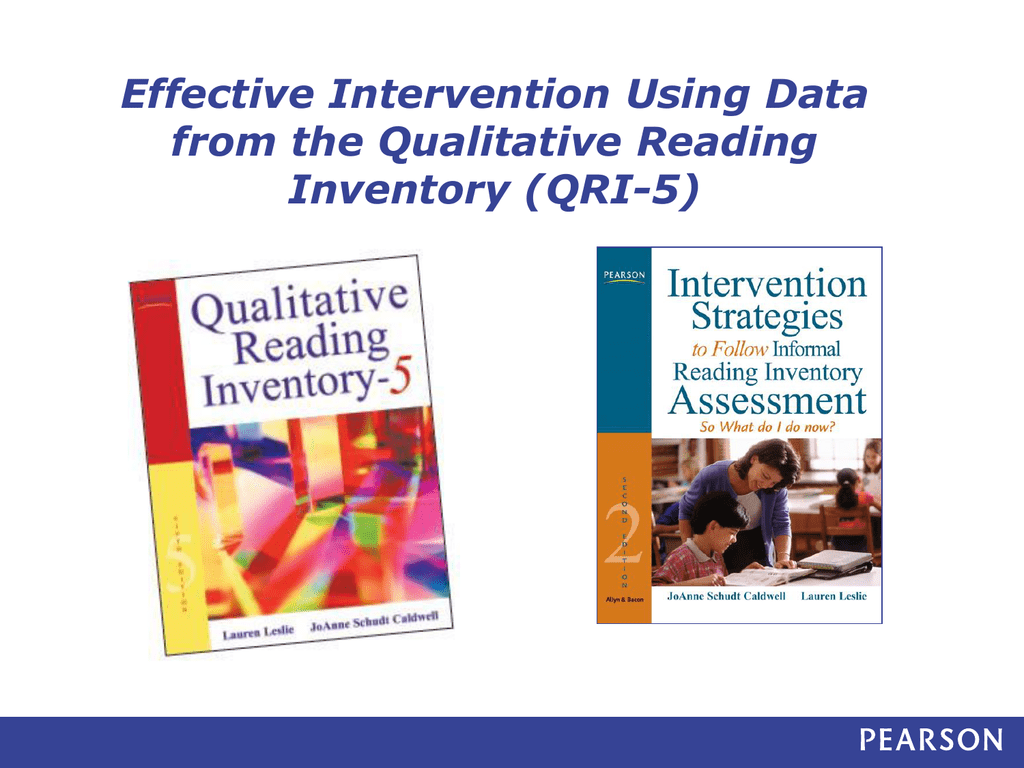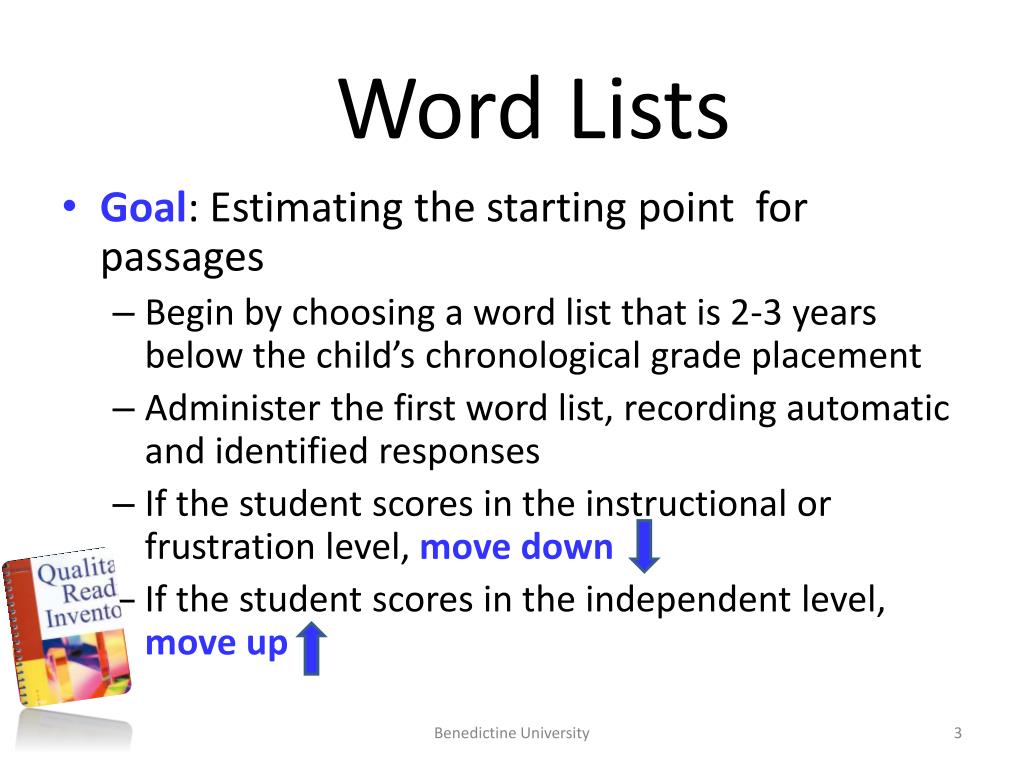

These cross-assessment differences were less pronounced with newer, multi-factor analytical tools. However, considerable cross-assessment variability was observed in terms of the size of increase in complexity from grade to grade, the overall range of complexity, and the within-grade text complexity. More traditional, two-factor measures of text complexity found a general trend of fairly consistent across-grade progression of average complexity among the four assessments.

A total of 167 passages leveled for Grades 1–6 from these assessments were analyzed using four analytical tools of text complexity. This study investigated the complexity of leveled passages used in four classroom reading assessments. Limitations, future direction on research, and applied inferences are discussed. Social validity measures taken from the teachers, parents, and pupils revealed positive evaluations of the intervention. More comprehension gains were found in Phil-IRI passages that did not found in the intervention. All target pupils’ in reading comprehension scores on the standardized PHIL-IRI passages and from the Developmental Reading Power were higher in the post test than at the pre-test.

The result showed that ten of the pupils significantly improved in their reading comprehension skills using graphic organizer. This study aimed to improve the comprehension skills of grades I and II pupils in Multigrade class. Pre-test and Post reading was administered to Grade I and II pupils using set of passages from the PHIL-IRI and Developmental Reading Power to determine the reading comprehension skills of each pupils. They belong to the Frustration Level of their reading comprehension. ABSTRACT This research is a reading comprehension intervention, a total class of grade I and II pupils in Multigrade class, on the reading comprehension level of ten pupils out of 20 grades I and II pupils at risk for reading failure.


 0 kommentar(er)
0 kommentar(er)
